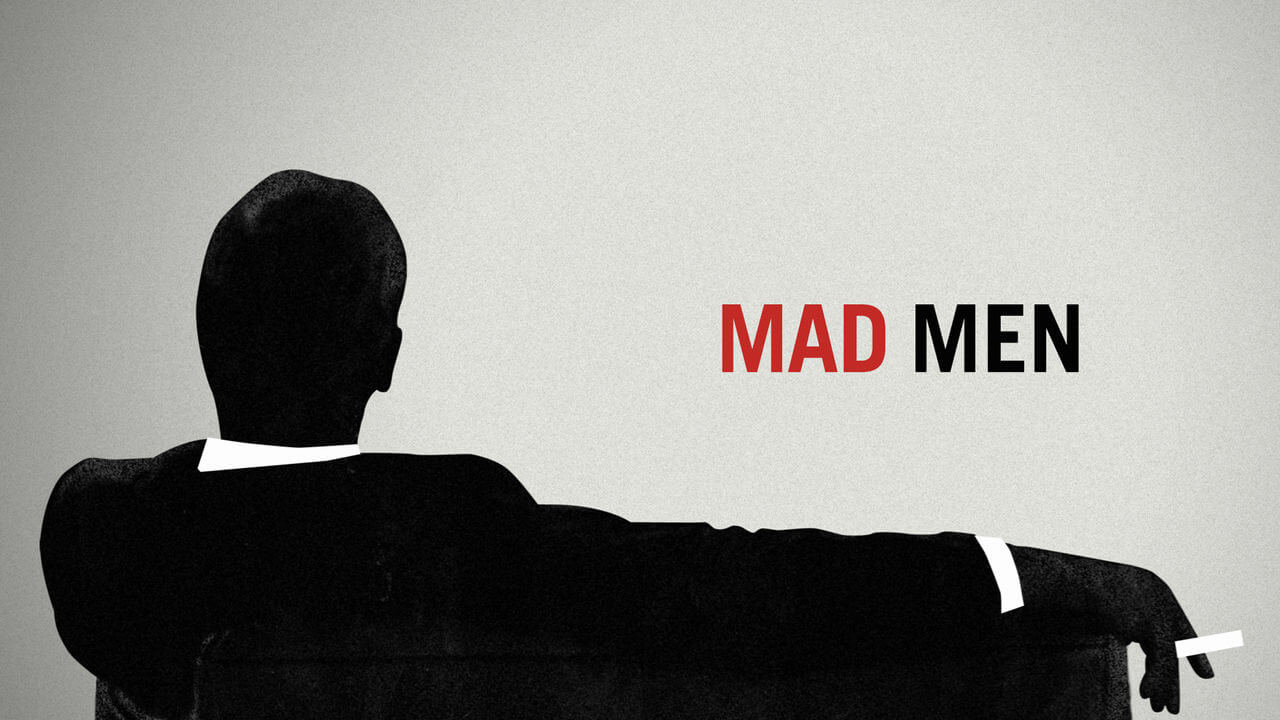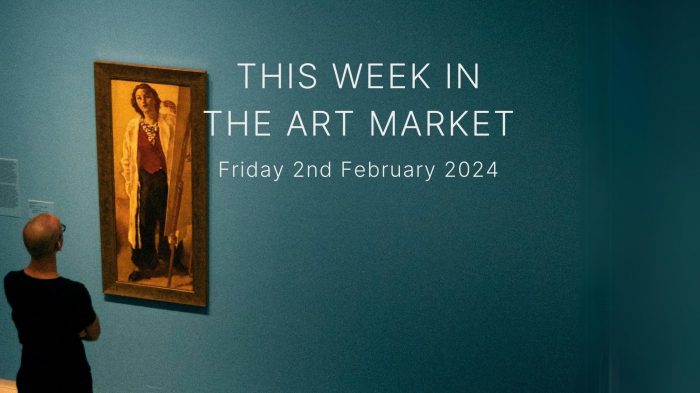If you spoke to any marketing executive or creative manager, you would most certainly get a definitive answer: “Of course! You bet!” But is a TV advertisement really a work of art?
For traditional art pundits, they would most likely scoff at you and say “not a chance”, but let’s dial it back a little and unpack the question in a little more detail.
Advertising and art are subjective worlds: what is beautiful or genius to one may not be to the other.
William Bernbach, one of the giants of American advertising in the 1960s and 1970s (the period-piece TV show Mad Men often refers to him), famously said of his profession, “Advertising is fundamentally persuasion and persuasion happens to be not a science, but an art.”
Examples of advertising and art
There are several examples which blur the lines between art and persuasive advertising – such as Andy Warhol and his tinned Campbells soup (could the marketing executives at Campbells indeed been behind such works?) or when PepsiCo decided to create a new premium water brand in 2017 (LIFEWTR)—a clear plastic bottle with a black cap and a colourful, eclectic series of labels designed by emerging artists.
Marketing departments and creatives are constantly tapping onto art to for creativity – take the Nike Swoosh, the McDonalds “M” and the Ferrari logo as several examples.
The differences between art and advertising
Firstly, art is there to inspire, impose and be viewed, while TV advertising – in its most basic form without going into advertising theory – is designed to sell a product, services or an idea. Advertising often will have a ‘call to action’, or a tagline that is pushing you as a consumer or potential customer to do. Such as ‘Drink a Coke today’ or ‘It’s Mac Time Now’, tested and designed – like Pavlov’s dog – to get a response from you to act.
Now it could be argued that much of the street art – such as Banksy – political art or popular culture art is seeking to elicit the same response. However, TV advertisements work differently. They are capturing 15, 30 or 45 seconds of your time – if you haven’t gotten up to go to the bathroom or fix another drink – to captivate your attention, promote their product, sell you the features, advantages and benefits of their brand, then push a ‘call to action’ on to you and get you to do something.
Advertisers for as long as the profession has been around have been inspired by art, but now it is becoming a strategically important science with return on investment & response rates overtaking the need for artistic flare & beauty.
Determining whether advertising ‘is an art’ depends on the lens through which you look at it, and your personal definition of art – while advertisements are towards a larger goal to captivate the target audience to increase sales and raise brand awareness, one can perceive the product as art or even the process through which one arrives at the product.








